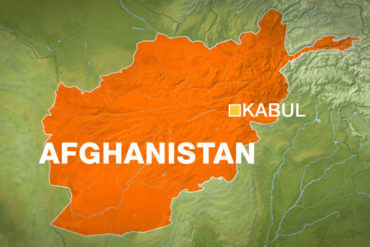Afghan Implosion
The phenomenal collapse of the Afghan government in mid-August 2021 sent shockwaves through the US and across the world. Seemingly overnight (though the process took eleven days total), the 180,000+ strong US-trained Afghan military melted away, leaving the resurgent Taliban, already predominant in much of the rural regions, with little to no resistance in occupying the cities. Even Kabul, the capital of the country, fell in a matter of hours on August 15th, with the US in full retreat from its abandoned embassy, controlling just half of the airport.






